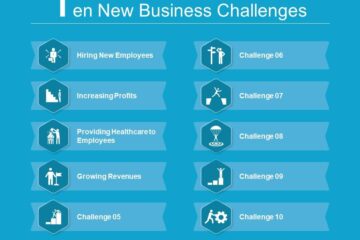
NEW YORK, April 1– Oil prices took one of their biggest hits of the year Friday as pressure from Riyadh’s response to a production freeze was doubled by weak U.S. labor figures.
Mohammed bin Salman, the deputy crown prince of Saudi Arabia, poured water on a fire set by talks of a production freeze from Russia and members of the Organization of Petroleum Exporting Countries in an interview with Bloomberg News.
“If all countries agree to freeze production, we’re ready,” he said. “If there is anyone that decides to raise their production, then we will not reject any opportunity that knocks on our door.”
Saudi Oil Minister Ali al-Naimi in December suggested there would be no limit to the kingdom’s oil production.
A meeting planned later this month in Doha is aimed at controlling production levels in an effort to stabilize an oil market skewed heavily toward the supply side. Iran, which is returning to the oil market after years of isolation triggered by economic sanctions, said it would freeze its production, but only after it regained a stronger market position.
When rumors of a production freeze first surfaced in January, Neil Atkinson, the head of the oil markets division at the International Energy Agency, told UPI the market in 2016 would favor the supply side unless there was widespread agreement on controlling production.
Crude oil prices nearly erased all of their gains for the year following the comments from the Saudi official. Brent crude oil was down nearly 4 percent at the start of trading in New York to $38.75 per barrel. West Texas Intermediate, the U.S. benchmark price for crude oil, lost 3.6 percent from Thursday’s close to $36.94 per barrel early in the trading day.
Negative pressure on crude oil prices was influenced further by a slight increase in the U.S. unemployment rate to 5 percent in March. The U.S. Bureau of Labor Statistics reported retail, construction and healthcare jobs increased, though job losses occurred in manufacturing and mining.
The labor sector has been one of the stronger points for the U.S. economy. The latest data show, however, that those left out of the work force for 27 weeks or more were still unable to find jobs, with figures showing little movement since June. Wages, meanwhile, remained relatively flat, growing only 2.3 percent over the year.
[Source:- UPI]




